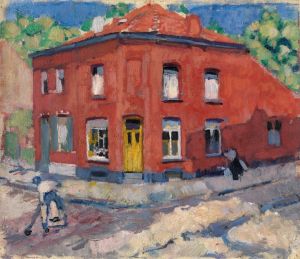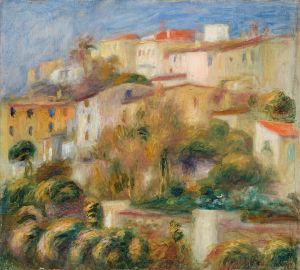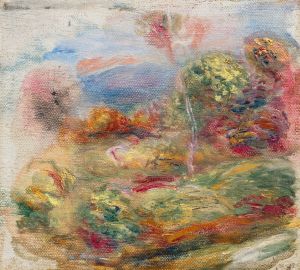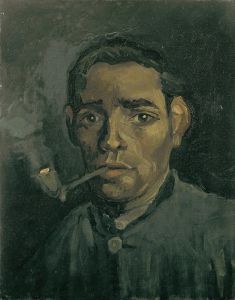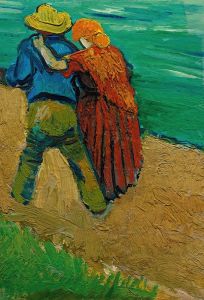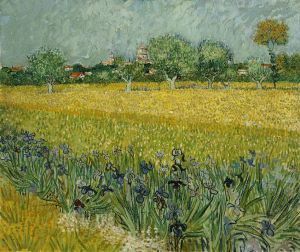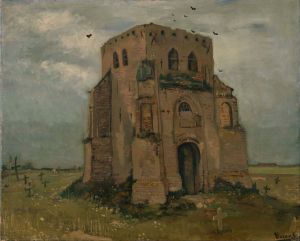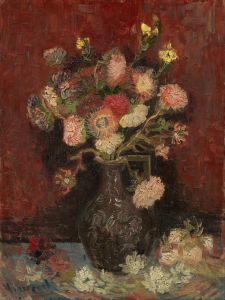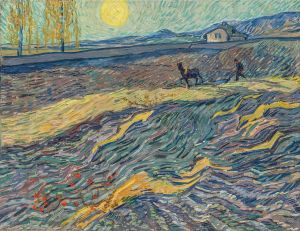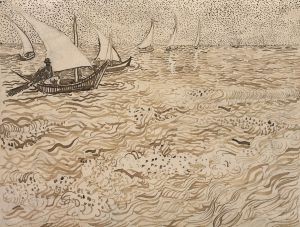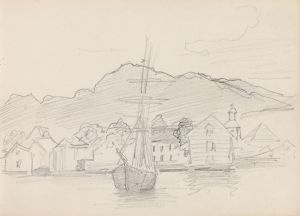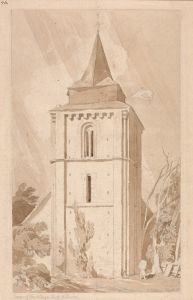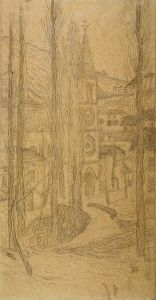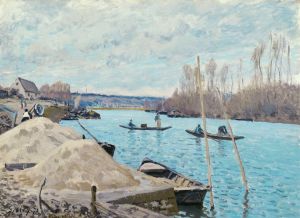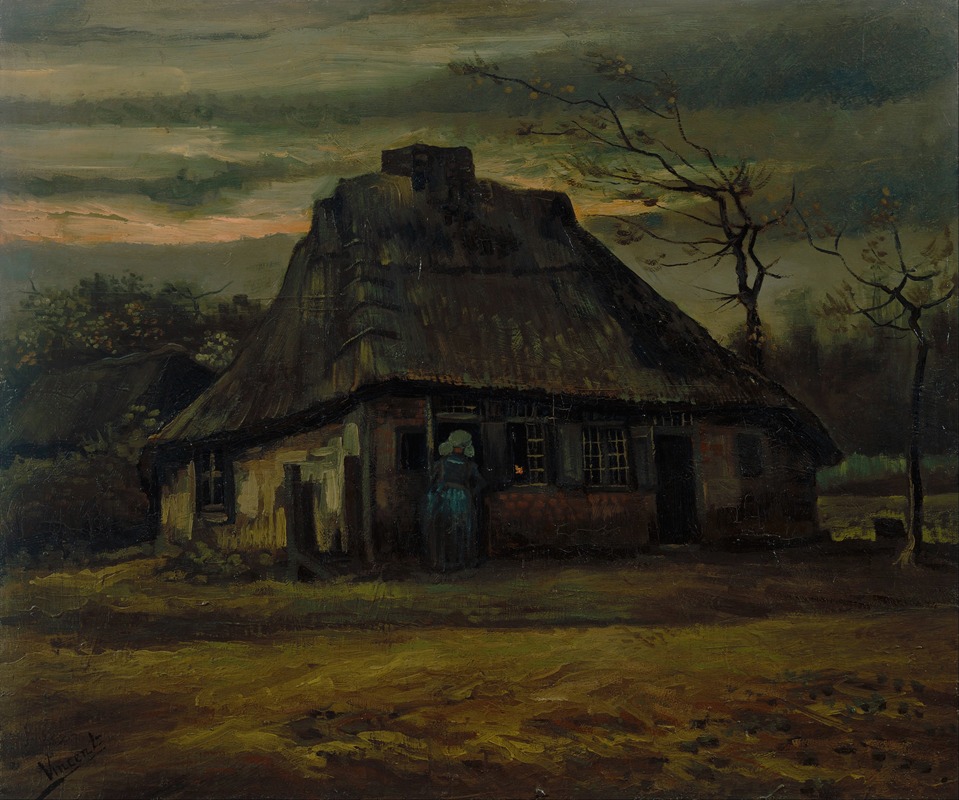
The cottage
A hand-painted replica of Vincent van Gogh’s masterpiece The cottage, meticulously crafted by professional artists to capture the true essence of the original. Each piece is created with museum-quality canvas and rare mineral pigments, carefully painted by experienced artists with delicate brushstrokes and rich, layered colors to perfectly recreate the texture of the original artwork. Unlike machine-printed reproductions, this hand-painted version brings the painting to life, infused with the artist’s emotions and skill in every stroke. Whether for personal collection or home decoration, it instantly elevates the artistic atmosphere of any space.
Vincent van Gogh, one of the most influential figures in Western art, created "The Cottage" in 1885. This painting is part of his early works, produced during his time in Nuenen, a small village in the Netherlands. Van Gogh lived in Nuenen from December 1883 to November 1885, a period that was crucial for his development as an artist. During this time, he focused on rural life and the struggles of the peasantry, themes that are evident in "The Cottage."
"The Cottage" depicts a simple, rustic dwelling, characteristic of the rural architecture in the Brabant region of the Netherlands. The painting is executed in dark, earthy tones, which was typical of Van Gogh's palette during this period. This choice of color reflects the somber and humble life of the peasants, a subject that deeply resonated with Van Gogh. He was inspired by the works of Jean-François Millet and other Realist painters who portrayed the dignity and hardship of rural life.
In "The Cottage," Van Gogh's brushwork is vigorous and expressive, capturing the texture of the thatched roof and the surrounding landscape. The composition is straightforward, focusing on the structure itself, which occupies the central part of the canvas. The simplicity of the scene is enhanced by the muted color scheme, which conveys a sense of tranquility and austerity.
This painting is part of a series of works Van Gogh created that focused on cottages and rural buildings. These works were part of his exploration of peasant life, which culminated in his famous painting "The Potato Eaters" in 1885. "The Cottage" shares thematic and stylistic similarities with "The Potato Eaters," particularly in its emphasis on the harsh realities of rural existence.
Van Gogh's time in Nuenen was marked by intense study and practice. He produced numerous drawings and paintings, honing his skills in depicting figures and landscapes. "The Cottage" exemplifies his dedication to capturing the essence of rural life, a theme that persisted throughout his career, even as his style evolved.
Although "The Cottage" may not be as widely recognized as some of Van Gogh's later works, it is an important piece that reflects his early artistic concerns and his commitment to portraying the lives of ordinary people. The painting is housed in the Van Gogh Museum in Amsterdam, which holds the largest collection of Van Gogh's works and provides insight into his artistic journey.
In summary, "The Cottage" by Vincent van Gogh is a significant work from his early period in Nuenen, showcasing his interest in rural life and the struggles of the peasantry. Through its earthy tones and expressive brushwork, the painting captures the simplicity and dignity of a rural dwelling, reflecting Van Gogh's deep empathy for the subjects he portrayed.





